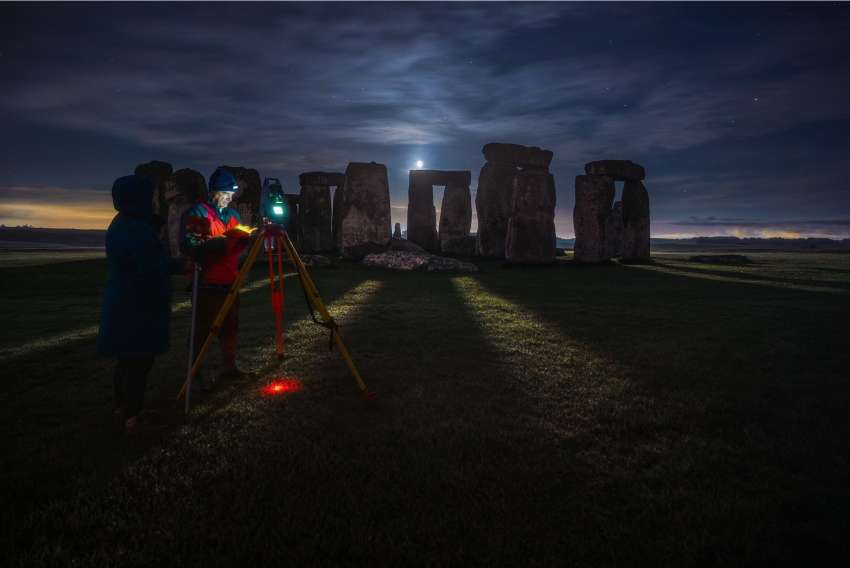Sighting the Sun — and Moon? — at Stonehenge
The connection between Stonehenge and the summer solstice sunrise is well known, but decades of overspeculation, by both astronomers and archaeologists, concerning the use of the monument for observations of the sky have led many to steer well clear of the subject. In the first part of this talk I will describe what we can sensibly say about the relationship of Stonehenge to the Sun, how this relates to more conventional archaeological evidence that has been uncovered in recent years, and the interesting archaeological questions this raises.
But what about the Moon? We have just passed a major lunar standstill, an event occurring every 18.6 years around which time the Moon can be seen at fortnightly intervals exceptionally far to the north and south. Was this — as some have suggested — known to our prehistoric forebears and was it marked and celebrated, along with the Sun and the seasons, at Stonehenge and elsewhere?
This talk will describe some of the challenges in exploring these questions and what we can conclude with reasonable confidence about the cultural significance of the Sun and Moon to those who built and used Stonehenge.
Speaker Biography:
Clive Ruggles is Emeritus Professor of Archaeoastronomy in the School of Archaeology and Ancient History at the University of Leicester. He has spent a lifetime investigating ancient people’s perceptions of the sky and the uses they make of what they see there. His early career focused on prehistoric astronomy in Britain and Ireland, but he has also worked for many years in the Hawaiian Islands, focusing on star knowledge used in Polynesian navigation and religious practices, and in Peru, where in 2005 he co-discovered the monumental solar calendrical device at Chankillo, which became a World Heritage Site in 2021. In 2017 he was awarded the Royal Astronomical Society’s first Agnes Mary Clerke Medal for a “lifetime of distinguished work in the overlapping areas of archaeology, astronomy and the history of science”. His many publications include the three-volume Springer Handbook of Archaeoastronomy and Ethnoastronomy, for which he was editor-in-chief. From 2008 to 2018 he co-ordinated the UNESCO–IAU Astronomy and World Heritage Initiative on behalf of the International Astronomical Union and he continues to advise governments on potential World Heritage nominations relating to astronomy, as well as serving on the IAU's Working Group on Star Names and the Dark Skies Advisory Group of the International Union for the Conservation of Nature (IUCN). His most recent book Stonehenge—Sighting the Sun, co-authored with archaeologist Amanda Chadburn, was shortlisted for Current Archaeology’s “2024 Book of the Year” award.
This talk is exclusively for Friends of the RAS members
Want to attend talks like this? Learn more about becoming a Friend and get access to special events, talks, newsletters, and more.


